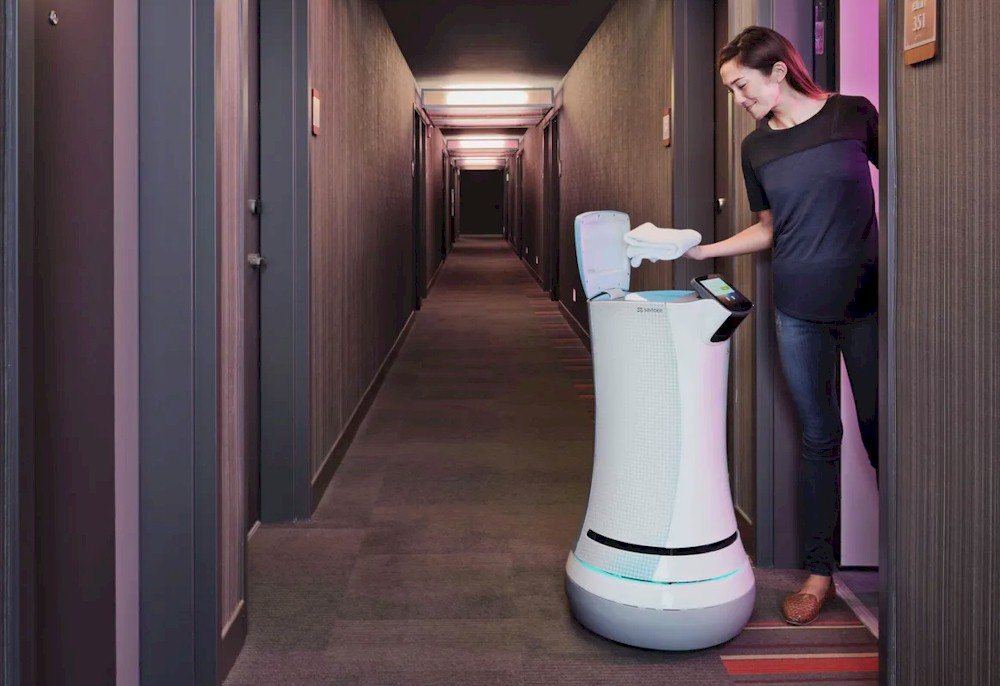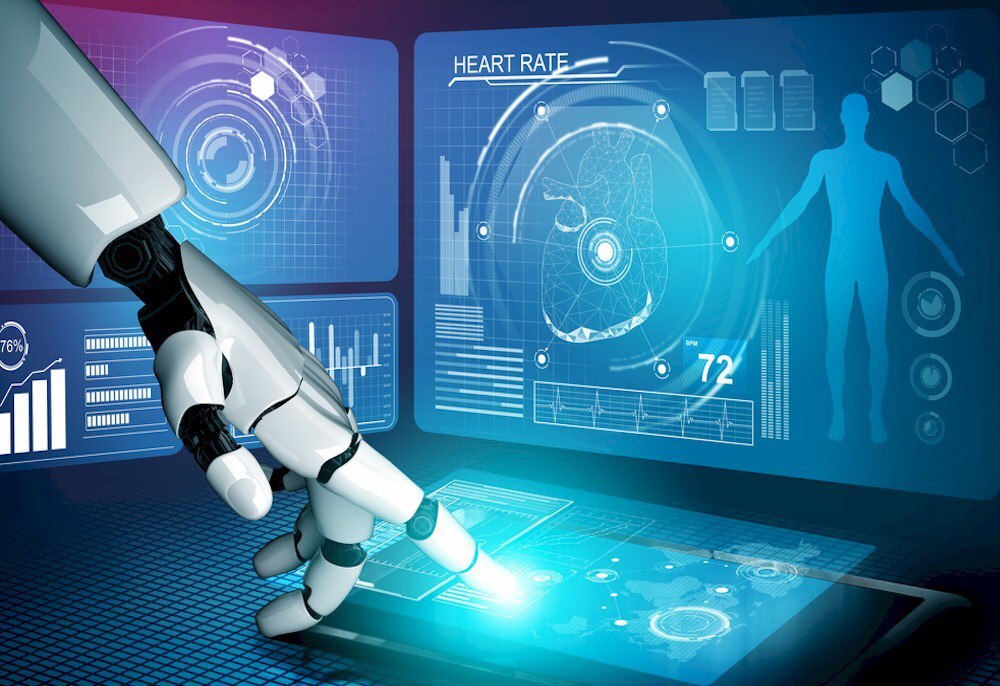In 2022, spa industry revenues could surpass pre-pandemic levels and reach $122 billion.
Although the field was among the losers of COVID-19, it could surge ahead and become one of the fastest-growing wellness markets, with a CAGR of about 17% in 2020-2025.
The primary type of service that spa providers focus on is, of course, massage. Facials are in second place, followed far behind by couples services and body care. Hotels and resorts make the most money on massage: the average price at their spas is around $169, compared to $95 at day spas, according to the 2022 ISPA US Spa Industry Study.
The market for massage therapy is indeed huge: it was worth nearly $55 billion globally in 2022 and could grow to almost $125 billion over the next decade. The COVID-19 pandemic has spurred consumers to care more for their physical and mental health, so demand for this service began to grow after most restrictions were lifted. As AMTA’s 2022 Massage Profession Research Report shows, more than half of all consumers come for massage specifically to improve their health and wellness: deal with soreness, stiffness, or spasm, reduce pain, recover from injuries, keep fit. Other popular reasons include stress reduction (which can also be attributed to health control) and pampering.
The Main Challenges of the Massage Industry
1. Lack of Personnel
Although massage services are firmly established, can steadily generate revenue for providers, and therefore have a strong foothold in the hospitality segment, the industry now faces a severe problem. In spa services, there is a shortage of qualified, experienced people and specialized schools where they can get training. Travelers are finding it more challenging than ever to book last-minute massages as hotel spas struggle with increasing demand and a lack of therapists and estheticians.
According to the latest ISPA IS survey, half of the respondents experience hiring problems. 76% of day spas and 82% of resorts and hotels have vacancies they wanted to fill promptly. Massage therapists account for the largest number of unfilled positions, 30 thousand, or 64% of the total.
COVID has undoubtedly contributed to the shortage. While the pandemic has been brutal on many, the effects of social distancing have been devastating for those whose living depends on touching. Massage therapists saw their business destroyed in the blink of an eye when distancing became an almost ubiquitous requirement. Because of the pandemic, they felt less needed and were more likely to experience burnout. A prime example is the story of Jasper Stone, 26, who, before the pandemic, took out a $10 thousand loan to attend massage therapy school just to find himself unable to work because of COVID-19.
More than 80% of massage therapists stopped practicing for a period of time in 2020. Although many of them eventually started working again, clients returned gradually – which means slowly. Many specialists left the field during this transition, searching for other jobs. At the same time, the number of graduates from massage therapy programs continued to decline steadily.
Other factors also get in the way:
2. The low availability of massage because of its high pricing.
3. Fear of the pain clients might experience during the procedure.
4. Lack of time and reluctance to trust their bodies to a stranger.
As a result, according to ATMA, only 25 percent of men and 21 percent of women in the United States get massages, and the more a household earns, the more likely its members are to use the service. We can assume similar trends for the global market.

Robotics as an Answer
Robotization could be the answer to the current challenges. Hotels are already actively using robots in various activities – they help with cleaning, serving food and drinks, and even security in the area (drones are usually involved in this case).
Robots increase efficiency by automating routine functions, improve the quality of guest service through operational stability and personalization, and in some cases, help reduce costs. Robotic concierges can provide information about the hotel and nearby attractions, delivery robots can bring food, bedding, and hygiene products to guests’ rooms, and parking robots can put customers’ cars in the parking lot.
GlobalData predicts that the service robotics industry will reach $216 billion in 2030, transforming travel and tourism. While industrial robots will not overtake service ones, the latter’s share will grow significantly.
The market has long had examples of companies in the hospitality segment “hiring” robots. Back in 2014, Canadian hotel chain Aloft pioneered using them as its employees. Robots replaced the staff in the delivery service. Through a special app, customers asked to bring them, for example, towels or toothbrushes. Hotel employees loaded these items into the robot after receiving the order. Robots delivered the requested goods to the desired room.
The robot operated via Wi-Fi and notified guests of its presence via a phone call, and after a successful mission, it would even start dancing.
Today similar cases are not uncommon. For example, the Rolling Hills Hotel, which participates in Hyundai’s pilot programs, uses a delivery robot for room service from 8 p.m. to 10 p.m. daily. Hotel guests can place their orders using Kakao Talk without installing any additional apps, and they can follow the delivery progress in real-time. Another example is the Hawks Cay Resort hotel in the Florida Keys, which has a team of six robots. Two cook and help the hotel’s Angler and Ale restaurant staff. Two others vacuum the common areas, such as the hallways and ballrooms, and another pair mops the floors.
However, robots’ functions are not limited to delivery, cleaning, and cooking. They can also solve the pressing problem of spa providers and act as massage therapists.
From Hospitality to Healthcare and Robotic Massage
In the ever-evolving hospitality industry, providing exceptional guest experiences is crucial. To stay ahead of the competition, hotels and resorts are exploring innovative solutions, and robotic massage is emerged to become a game-changer in the realm of relaxation and wellness.
The implications for the hospitality industry are profound. Hotels and resorts can now offer guests unparalleled relaxation experiences, regardless of the availability of skilled masseuses. Robotic massage technology addresses the growing demand for personalized services by adapting protocols to individual needs and preferences.
As the industry embraces robotic massage, it propels hospitality into a future where technology and wellness intertwine seamlessly. With each passing day, this cutting-edge technology is setting new standards for the industry and a transformative solution.
At the same time, robots can answer the industry’s challenges and work together with human specialists. They can offer their automated services to those who are uncomfortable with human touch, worried about COVID, or can’t wait for a real person to be available. Robotics will allow spa providers to increase revenue significantly. Take hotels and resorts as an example: International Spa Association estimates that today’s spas bring them $1,447,000 a year, or $53,430 on average per person working in that division (whether a receptionist or massage therapist). The revenue per professionals who directly provide services would be even higher. So, installing a robotic system will increase a spa provider’s income by tens of thousands of dollars annually.
In practical applications, robots are already making an essential difference in the healthcare landscape. They’re being utilized for a range of tasks: from monitoring patients’ medical conditions to delivering medications. This not only helps to bridge the gap created by healthcare staffing shortages but also streamlines care delivery, enhancing efficiency and potentially improving patient outcomes.
Another report shows that investing in wellness services, in general, can bring hospitality businesses additional profits. The study divided hotels into three groups: with major wellness, which are properties with wellness revenue exceeding $1 million and 10% of total income; with minor wellness (less than $1 million and 10%, respectively); and resorts with no such services at all. Major wellness properties recovered faster from COVID-19. Plus, their combined revenue per room was 126% and 204% higher than that of hotels with little and no wellness, respectively.
The integration of robots in healthcare the same as robotic massage not only addresses the challenges posed by staffing shortages but also brings several benefits to patients, healthcare providers, and healthcare systems as a whole. By automating routine tasks, robots allow healthcare professionals to focus more on direct patient care and complex decision-making. Moreover, the use of robots can lead to cost savings, reduced errors, improved efficiency, and better patient outcomes.
The Future of the Massage Services Market
Robotization is penetrating deeper and deeper into all areas of our lives, and the massage industry will be no exception. Robots will expand the market for massage services, which has been hit hard by the pandemic. In the U.S. alone, the industry is now worth $17.7 billion, and that’s still nearly $4 billion less than in 2019. Robotization will restore interest in spa services among those who gave them up because of fear of COVID-19.
Moreover, it will create a new market of customers who did not order massage because they were reluctant to let strangers touch them. Robots will be used for aesthetic and sports treatments, lymphatic therapy, surgery preparation, and rehabilitation. Just as the smartphone has changed the entire telephone industry, robotics could disrupt the spa.
Dennis Ledenkof, the CEO of Robosculptor, is an expert, entrepreneur, and inventor with over 15 years of experience in the aesthetic hardware industry. Robosculptor is an automated robotic system designed for aesthetic body contouring, powered by AI to deliver fully automated professional body treatments. Since 2001, Mr. Ledenkof has built his expertise through his work in various solarium distributor companies, gaining valuable experiences and establishing industry connections. Throughout his journey, he collaborated with two leading European manufacturers, KBL AG, and HAPRO International B. V., who served as trusted partners. In 2006, he embarked on his entrepreneurial path, founding his first company that specialized in solarium rentals. As time passed, the company shifted its focus to renting body-shaping devices to aesthetic clinics and med SPAs. His deep understanding of hardware body contouring flourished, and he recognized the gaps present in the hardware cosmetology market. This realization sparked a groundbreaking idea-the development of the fully autonomous robotic complex known now as Robosculptor. Since March 2021, Mr. Ledenkof has proudly taken on the role of founder, driven by the mission to redefine the market of hardware aesthetics in body contouring and wellness. Extended Biography & Contact Information.
HotelExecutive retains the copyright to the articles published in the Hotel Business Review. Articles cannot be republished without prior written consent by HotelExecutive.

